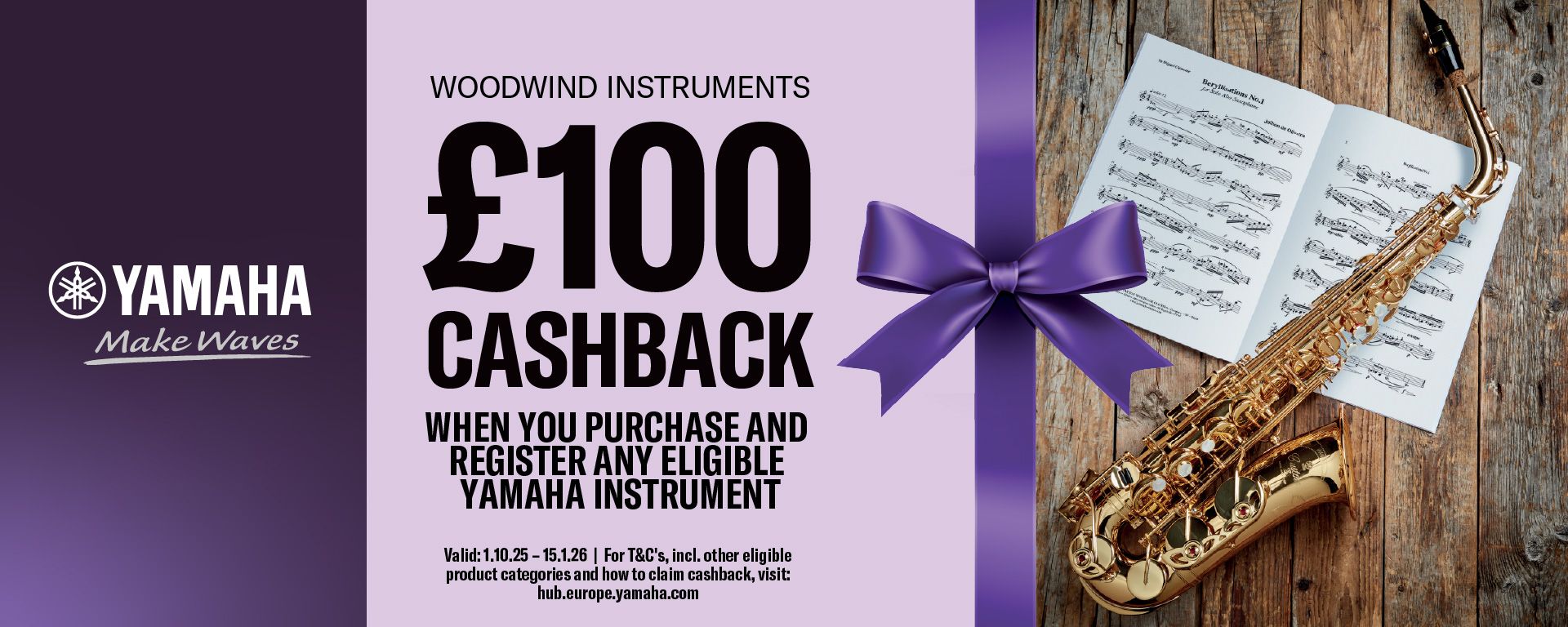Three Goddesses for Flute and Harp (2010)
- Highly recommended
From the Publisher
Three Goddesses consists of the movements for flute and harp from another work I composed entitled The Book of Goddesses, for flute (doubling piccolo, alto flute and bass flute), harp and percussion. My initial inspiration for both works is the beautiful, lavishly illustrated book entitled The Book of Goddesses by Kris Waldherr, a Brooklyn based author, illustrator, designer and cellist. Waldherr’s book contains descriptions and images of hundreds of female deities from around the world, some featured more prominently than others.
The flute and harp parts in Three Goddesses are inspired by similar instruments found in each culture. In Xi Wang Mu (pronounced ‘she wung mu’), I infuse the sound of a Chinese flute, and also the modern konghou, a Chinese harp with two rows of notes. This enables the harpist to bend pitches and vibrate notes, which I ask for in this movement, but it is definitely not as easy to do on a Western harp. Since Xi Wang Mu is a transformative goddess, I emphasize this quality musically by gradually adding notes to make the harmony more complex, especially in the beginning, after the initial section.
Brigit is meant to sound like an Irish jig. The term jig refers to a lively Irish folk dance, and also to the accompanying song. Flute and harp are also both commonly found in Irish music. Brigit was credited with inventing a whistle for night travel, and I found inspiration in that fact. The harp part is modeled after what you might traditionally hear played on an Irish harp, and so there are fewer tunings since the Irish harp does not use pedals. I use a descriptive term “smoothly forging ahead” throughout the piece, which also refers to Brigit being the goddess of metal smithing.
Xochiquetzal (pronounced ‘shok-i-KAY-tsal’) is always depicted as an alluring and youthful woman, and is often accompanied by a retinue of birds and butterflies. Therefore, in Xochiquetzal, I attempt to create a youthful, light-hearted, dance-inspired sound. I use piccolo throughout, and also a variety of traditional Mayan and Mexican shakers. I also call for bar chimes, a type of percussion instrument that uses solid metal bars that have a bright, sparkly sound.The harp part is modeled more on a simple guitar part than on a harp part, and I ask the harpist to produce a guitar-like sound in the middle of the movement by plucking the strings close to the soundboard.
In order to achieve the right feel for each movement, I use non-Western scales, rhythms and other elements, and I occasionally appropriate patterns and other material from pre-existing music. My goal is to merge some of the qualities of traditional music with my own sensibility, and then filter it through these instruments.
Many goddesses are associated with dance, certain colors or creativity in general, and with that in mind, I imagine Three Goddesses and The Book of Goddesses being performed live with choreographed dance. It may be presented in its entirety, although subsets—such as these movements for flute and harp—or single movements may also be extracted and performed.
The Book of Goddesses was commissioned by MAYA with funding provided by the New York State Council on The Arts.
Performance duration (approx): 12'00
Movements
- Xi Wang Mu
- Brigit
- Xochiquetzal
Item Details
Our Stock Code: 1476248Instrumentation
- Part 1: Flute doubling on Piccolo
- Part 2: Harp
Category: Music for Flute and Harp
Publisher: Bill Holab Music
Media Type: Paperback - Score and parts (20 pages [score])
Country of Origin: USA
HS Code: 49040000

